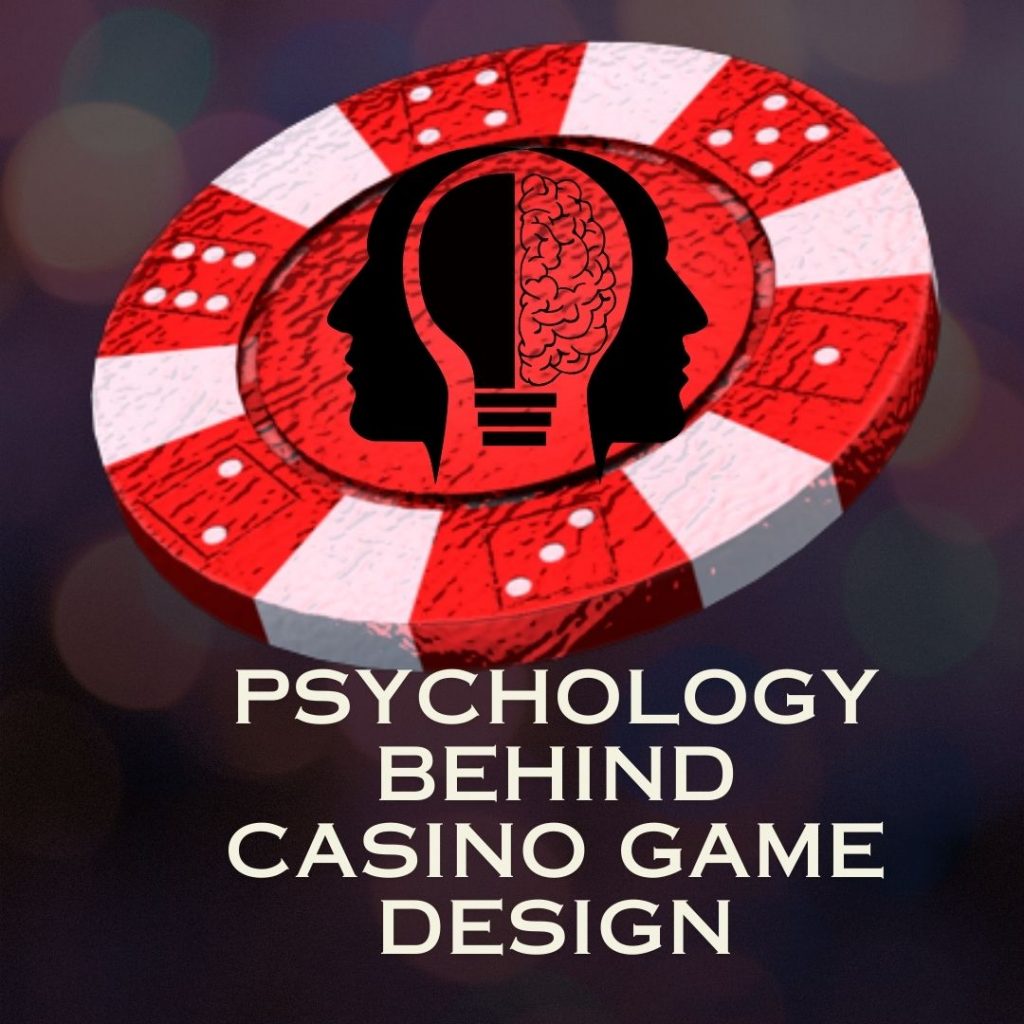Introduction to Psychology Behind Casino
In the vibrant world of casino gaming, the design of casino games is not left to chance. It is a meticulously crafted art that leverages deep psychological principles to enhance player engagement. And encourage longer play times, and increase the overall appeal of the games. This article delves into the fascinating psychology behind casino game design. Strategies that captivate players and keep them coming back for more.

The Allure of Colors and Sounds
The first element that players encounter in a casino game is its visual and auditory appeal. Designers use bright, bold colors like reds and yellows to stimulate excitement and arousal. Colors catch the eye and spark urgency. Every moment feels action-packed. Sounds, like coin clinks and win chimes, build a winning mood. They boost the game feel and push players to seek more wins.
The Role of Near Misses
A near miss, such as two out of three cherries lining up on a slot machine, plays a significant role in the psychology of casino game design. This phenomenon is carefully engineered to elicit a strong emotional response, almost as intense as winning. The near miss effect taps into the player’s intrinsic motivation for skill improvement, falsely suggesting that they were close to winning and that success is within reach with just a few more tries. This powerful mechanism keeps players engaged, fueling the belief that the next play could be the winning one.
Reward Schedules and Uncertainty
Casino games are masterfully designed around variable ratio reward schedules, a concept borrowed from behavioral psychology. This approach ensures that rewards (wins) are delivered unpredictably, which is far more compelling and addictive than predictable payouts. The uncertainty of reward taps into the human desire for discovery and the thrill of the unknown, making the experience of playing more exhilarating. Players find themselves in a loop of anticipation and excitement, constantly driven by the potential for the next big win.
Social Dynamics and Community
The design of casino games also capitalizes on human social behavior. Multiplayer games and tournaments foster a sense of community and competition, enhancing the gaming experience beyond the solitary act of playing a machine. The presence of other players can heighten emotions, from the thrill of competition to the shared joy of winning. This social aspect of game design not only makes the experience more enjoyable but also encourages players to engage more deeply and for longer periods.
Ease of Play and Accessibility
Finally, the simplicity and accessibility of casino games are key psychological factors in their design. By making games easy to understand and play, designers ensure that players feel competent and in control. This accessibility invites both seasoned and novice players, reducing any potential intimidation and encouraging continuous play. The ease of play keeps the threshold for engagement low, allowing players to quickly immerse themselves in the game without a steep learning curve.
Conclusion
The gaming environment becomes not only entertaining but also deeply engaging, creating a complex mix of emotions from risk thrills to reward joys. As we delve further into these psychological foundations, we promise players worldwide even more innovative and compelling casino game designs in the future.
















